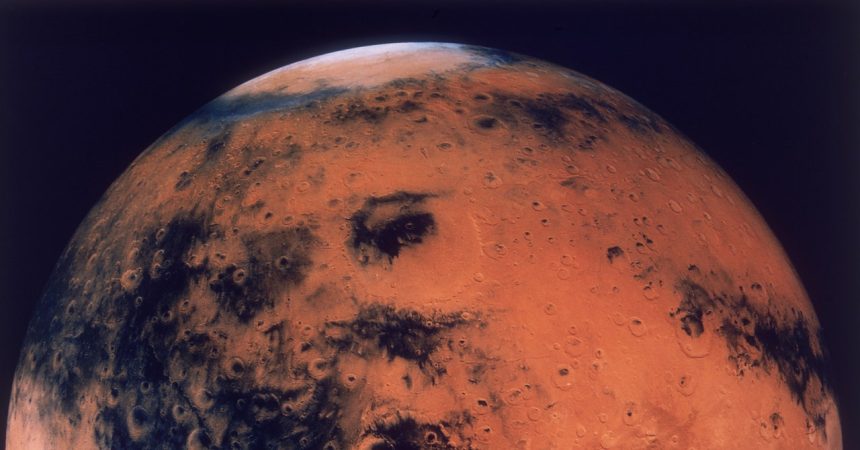The optimal trajectory for a Mars mission leverages a specific planetary alignment, occurring every 18 months, when Earth and Mars are on opposite sides of the sun. This alignment minimizes the travel distance, making the journey as fuel-efficient as possible. However, even with this optimal alignment, the trip still takes approximately nine months, presenting significant challenges for crew safety and mission resilience. Any malfunctions or emergencies during this extended transit would necessitate onboard solutions, as rescue missions would be practically impossible. While faster, six-month trajectories are theoretically achievable, they demand significantly more energy, posing considerable technological and logistical hurdles.
The Lunar Gateway concept offers a potential solution to the energy dilemma inherent in Mars missions. By establishing a staging point on the moon, astronauts could bypass Earth’s powerful gravity well, requiring less energy to propel themselves towards Mars. This two-stage approach allows for the use of more efficient, albeit slower, propulsion systems for the Earth-Moon leg of the journey, reserving the more energy-intensive maneuvers for the trans-Mars injection. However, this strategy necessitates the prior transport of construction materials and supplies to the lunar surface for the Gateway’s assembly, introducing its own set of logistical complexities.
SpaceX, under the leadership of Elon Musk, has demonstrated significant advancements in space travel, fueling optimism about the feasibility of a Mars landing. However, the successful transport and safe return of humans to Mars presents a far greater challenge than a simple landing. Profit motives, inherent in any commercial space venture, must be carefully balanced against the paramount concern of astronaut safety. Recent experiences with private space companies, such as Boeing’s issues with astronaut rotations on the International Space Station, underscore the potential for delays and unforeseen complications in human spaceflight endeavors, highlighting the need for cautious and methodical progress.
NASA faces a crucial decision regarding its future direction in space exploration: continue with the Artemis program, focusing on the Lunar Gateway and a measured approach to Mars, or prioritize a more direct Mars mission, heavily reliant on SpaceX’s capabilities. Funding both options simultaneously is likely unsustainable, potentially jeopardizing both endeavors. While a Mars mission could theoretically benefit from the existence of a Lunar Gateway, the timelines for each project present a significant obstacle.
SpaceX has outlined an ambitious timeline, aiming to send unmanned Starships to Mars in the near future, with a goal of sending humans by the late 2020s. This timeline, however, hinges on the successful implementation of complex procedures such as in-orbit refueling and represents a significant technological and logistical undertaking. Considering that the Lunar Gateway is not expected to be operational until the late 2020s at the earliest, prioritizing Mars might appear to offer a faster route to the red planet, but it also carries significant risks.
Should the United States choose to de-emphasize lunar exploration in favor of a direct Mars mission, other nations might seize the opportunity to expand their own lunar presence. This could potentially provide them with a strategic advantage in future Mars exploration by allowing them to leverage the moon as a stepping stone. While these alternative approaches may unfold on a longer timescale, they could ultimately prove more sustainable and successful if SpaceX’s ambitious plans encounter significant delays or setbacks. The strategic landscape of space exploration is complex and dynamic, with multiple players pursuing different paths towards achieving the same ultimate goal: establishing a human presence on Mars. The choices made in the coming years will have profound implications for the future of space exploration and the eventual human settlement of the red planet.



